Top 15 Artificial Intelligence Technologies to Watch Out For

Top 15 Artificial Intelligence
AI Tool’s
If you are familiar with Top 15 Artificial Intelligence you should read this article. Continue reading if you want to learn more about utilizing.
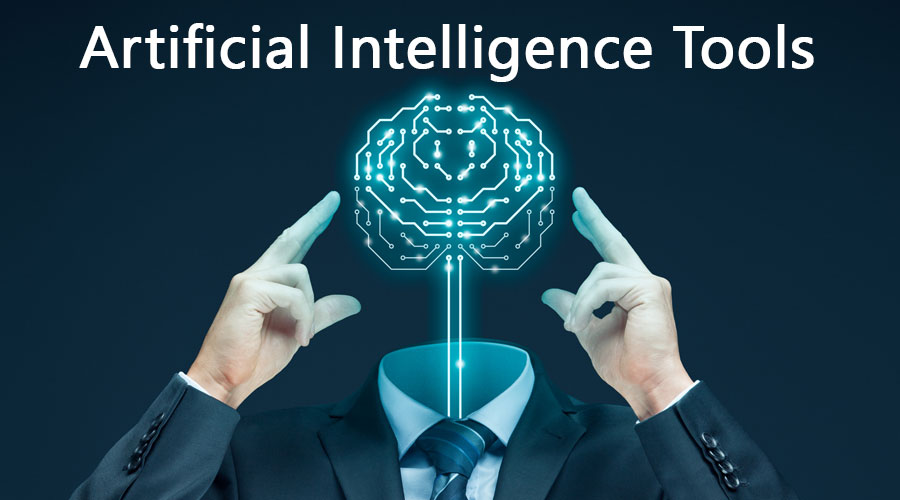
Artificial Intelligence (AI) is a rapidly growing field that involves the development of intelligent machines that can learn and perform tasks that would typically require human intelligence. To create such intelligent machines, developers use various tools and libraries that help them in building and training models. In this context, here are the top 15 AI tools that are widely used by researchers and developers today:
- TensorFlow – An open-source platform developed by Google for building and deploying machine learning models.
- PyTorch – A popular open-source machine learning framework developed by Facebook.
- Keras – A high-level neural networks API that runs on top of TensorFlow, Theano, or CNTK.
- Scikit-learn – A simple and efficient library for data mining and data analysis.
- OpenCV – A powerful computer vision library that helps in building computer vision applications.
- Pandas – A library for data manipulation and analysis in Python.
- NumPy – A library for numerical computing in Python.
- Hugging Face – A platform for natural language processing (NLP) that provides state-of-the-art models and pre-trained models.
- Fast.ai – A platform that makes it easy for developers to build and deploy deep learning models.
- Theano – A Python library that allows you to define, optimize, and evaluate mathematical expressions involving multi-dimensional arrays.
- Caffe – A deep learning framework that was developed by the Berkeley Vision and Learning Center.
- MXNet – A deep learning framework that was developed by Amazon Web Services (AWS).
- Torch – A scientific computing framework that is used for machine learning algorithms.
- DeepMind – A leading research organization in AI and machine learning.
- IBM Watson – A suite of AI-powered tools and services that help businesses and organizations solve complex problems.
TensorFlow
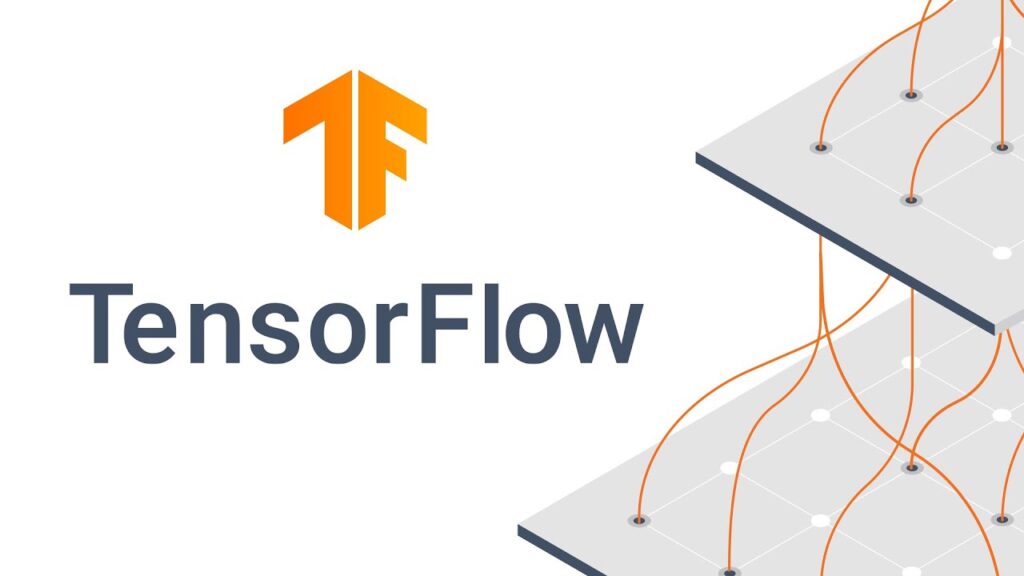
TensorFlow is an open-source software library developed by Google for building and training machine learning models. It was first released in 2015 and has since become one of the most popular machine-learning frameworks used by developers and researchers worldwide.
TensorFlow provides a wide range of tools and resources for building machine learning models, including APIs for creating and manipulating graphs, support for distributed training across multiple machines, pre-built models for image and speech recognition, natural language processing, and more. TensorFlow can be used for a variety of applications, including computer vision, speech recognition, natural language processing, and deep learning.
Also, Check- Business Plan
PyTorch
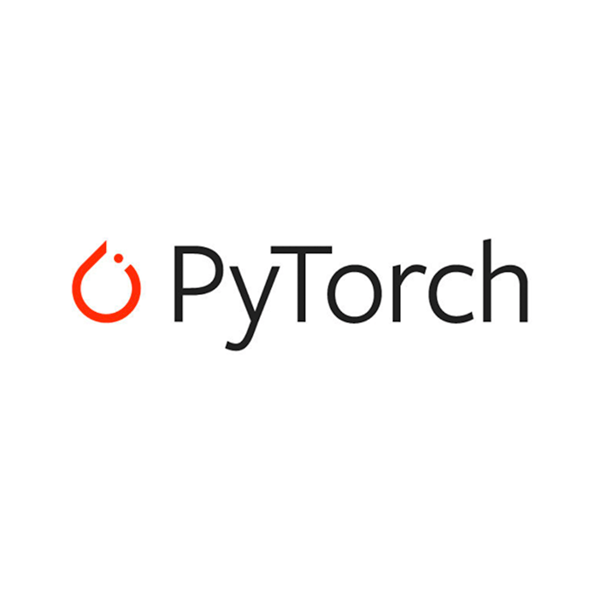
PyTorch is an open-source machine learning framework that is primarily used for building deep neural networks. It was developed by Facebook’s artificial intelligence research group in 2016 and has since become one of the most popular machine learning libraries in the world.
PyTorch provides a Python-based interface for building and training deep learning models. It offers dynamic computational graphs, which allow for more flexibility and easier debugging than static computational graphs. PyTorch also provides an extensive collection of pre-built modules and tools for tasks such as data loading, optimization, and visualization.
One of the key features of PyTorch is its ability to seamlessly integrate with GPUs, making it a powerful tool for training deep neural networks quickly and efficiently. PyTorch also supports distributed training across multiple GPUs or machines, allowing users to scale their models to handle large datasets and complex tasks.
Overall, PyTorch is a powerful and flexible tool for building and training deep learning models, and its popularity is only expected to grow in the coming years.
Keras

Keras is a popular open-source deep-learning library written in Python. It provides a user-friendly interface for creating and training deep learning models, allowing developers to quickly prototype and experiment with neural networks. Keras is designed to be modular, flexible, and easy to use, making it accessible to both beginners and advanced users. Top 15 Artificial Intelligence It also supports multiple backends, including TensorFlow, Microsoft Cognitive Toolkit (CNTK), and Theano, allowing users to choose the best backend for their project. Keras is widely used in industry and academia for a variety of applications, such as image and speech recognition, natural language processing, and reinforcement learning.
Scikit-learn
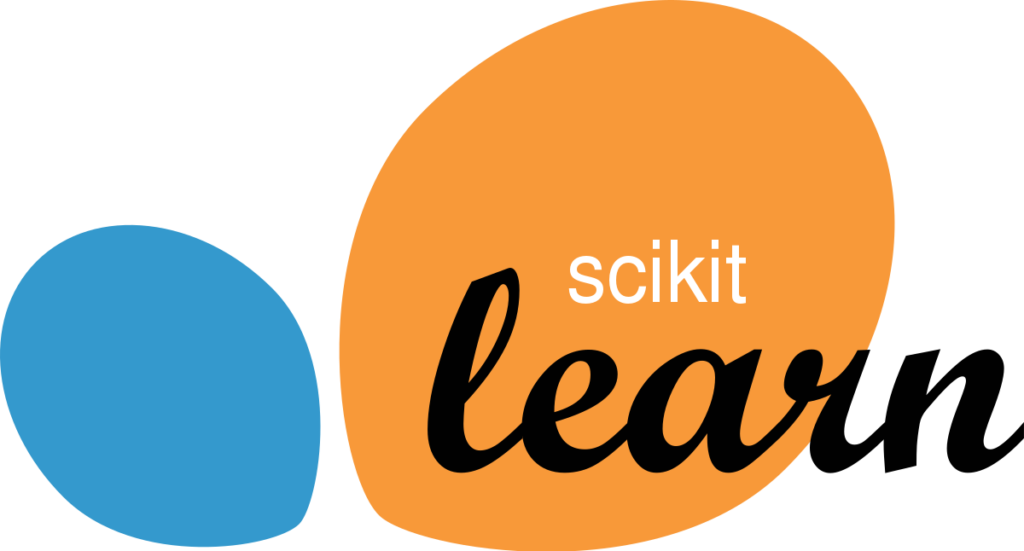
Scikit-learn is a popular open-source machine-learning library for Python. It provides a wide range of machine learning algorithms for various tasks such as classification, regression, clustering, and dimensionality reduction. Top 15 Artificial Intelligence Scikit-learn is built on top of other popular libraries such as NumPy, SciPy, and Matplotlib, making it a powerful tool for data science and machine learning.
Some of the key features of sci-kit-learn include:
- Simple and efficient tools for data mining and data analysis
- Accessible to everybody and reusable in various contexts
- Built on top of NumPy, SciPy, and matplotlib
- Open source, commercially usable – BSD license
Some of the popular algorithms available in sci-kit-learn include:
- Linear regression
- Logistic regression
- Decision Trees
- Random Forests
- Support Vector Machines (SVMs)
- K-Nearest Neighbors (KNN)
- Naive Bayes
- Principal Component Analysis (PCA)
- K-Means Clustering
Scikit-learn is widely used in industry and academia for various machine learning and data science projects.
Was this response better or worse?BetterWorseSame
OpenCV
OpenCV stands for “Open Source Computer Vision Library”. It is a powerful open-source computer vision and machine learning software library designed to help developers create applications that require real-time image and video processing.
OpenCV offers a wide range of features including image and video processing, object detection and recognition, face detection and recognition, feature detection, tracking, and much more. It supports a variety of programming languages including C++, Python, Java, and MATLAB, making it an ideal tool for developers working on various platforms. Top 15 Artificial Intelligence OpenCV is used in a wide range of applications such as robotics, surveillance, augmented reality, medical imaging, and more.
Pandas

Pandas is a Python library used for data manipulation and analysis. It provides data structures for effectively storing and manipulating large datasets, including functions for reading and writing data from various file formats such as CSV, Excel, and SQL databases. Pandas are widely used in data science and machine learning projects for data cleaning, transformation, and analysis. Some of the key features of Pandas include:
- DataFrame and Series data structures for storing and manipulating tabular data
- Powerful indexing and filtering capabilities for selecting subsets of data
- Built-in functions for handling missing data and duplicate values
- Support for merging, joining, and reshaping datasets
- Integration with other popular Python libraries such as NumPy, matplotlib, and Scikit-learn.
Pandas is an essential tool for anyone working with data in Python, from data scientists and analysts to software engineers and business professionals.
Also, Read- How To Make Money
NumPy
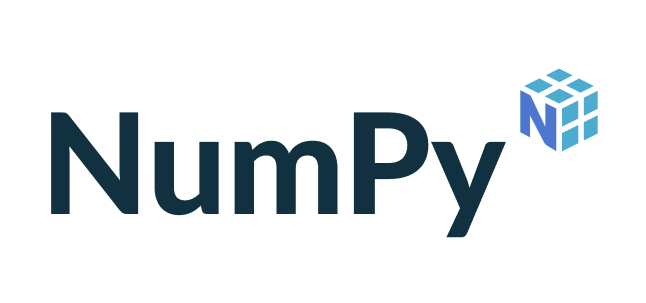
NumPy is a popular Python library for numerical computing that provides powerful tools for working with arrays, linear algebra, Fourier analysis, and more. It is widely used in scientific computing, data analysis, and machine learning applications. Top 15 Artificial Intelligence NumPy’s main object is the multidimensional array or array, which allows for efficient computation of mathematical operations on large data sets.
NumPy also includes tools for linear algebra, random number generation, and Fourier analysis, as well as integration with other libraries such as Pandas and Matplotlib. NumPy is a fundamental tool in the Python data science ecosystem and is an essential library for anyone working with numerical data in Python.
Hugging Face
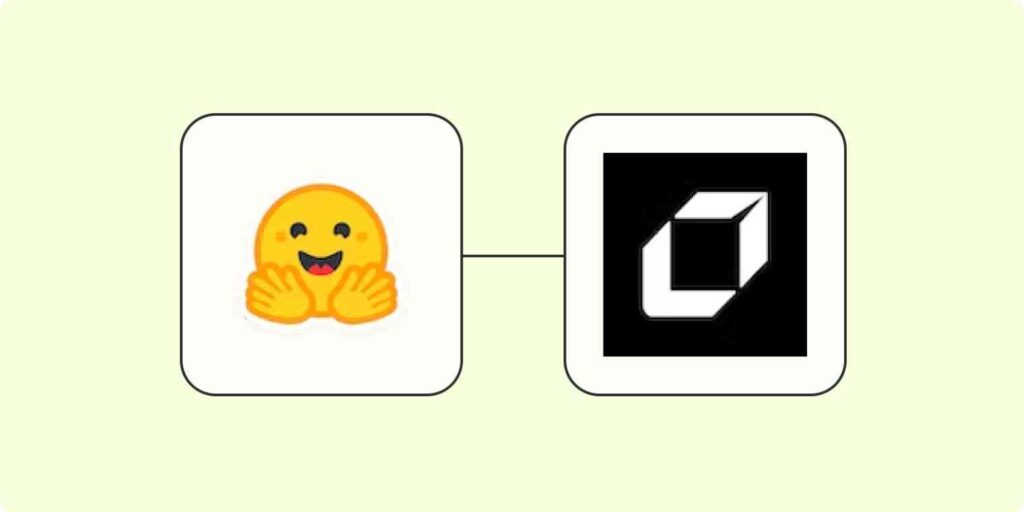
Hugging Face is an open-source machine learning company that specializes in natural language processing (NLP) technologies. They are best known for their open-source library, Transformers, which provides a simple and efficient way to use state-of-the-art NLP models.
The library includes a wide range of pre-trained models for a variety of NLP tasks, such as text classification, question-answering, and language translation. Top 15 Artificial Intelligence Hugging Face also offers a platform for developers to collaborate and share their models, called the Hugging Face Hub. The company is committed to advancing the field of NLP and making these cutting-edge technologies accessible to everyone.
Fast.ai

Fast.ai is an open-source deep learning library and online course platform that aims to make deep learning more accessible and easier to use for developers and researchers. It was created by Jeremy Howard and Rachel Thomas in 2018 and has gained popularity due to its user-friendly interface and extensive documentation.
The library is built on top of PyTorch and provides high-level APIs that make it easy to build and train deep learning models. Fast.ai also offers free online courses that cover a wide range of topics in machine learning and deep learning, from the basics to advanced techniques.
Theano

Theano is an open-source numerical computation library for Python, which allows developers to define, optimize, and evaluate mathematical expressions involving multi-dimensional arrays efficiently. Developed at the Montreal Institute for Learning Algorithms (MILA) at the Université de Montréal, Theano was designed to be a powerful tool for deep learning researchers, allowing them to build and train neural networks quickly and easily. However, Theano is no longer actively maintained as of September 28, 2017, and its development has been merged with PyTorch.
Caffe

Caffe is an open-source deep learning framework developed by the Berkeley Vision and Learning Center (BVLC) and the community. It is written in C++ and supports both CPU and GPU acceleration. Caffe has a simple and intuitive architecture that allows researchers and developers to build, train, and deploy deep learning models quickly and easily.
Caffe is designed to be a fast, scalable, and modular deep learning framework that can be used for a wide range of applications, including image classification, object detection, segmentation, and more. It has a large and active community of developers and users who contribute to its development and use it in various research and industry projects.
Caffe is also known for its pre-trained models and model zoo, which includes popular architectures such as AlexNet, VGG, GoogLeNet, and ResNet. These models can be used for various tasks and can be fine-tuned for specific applications.
Overall, Caffe is a powerful and flexible deep-learning framework that is widely used in academia and industry for various applications.
MXNet

MXNet is an open-source deep learning framework that is designed to provide efficient and scalable training and inference for deep neural networks. It was developed by the Apache Software Foundation and is used by several large organizations, including Amazon, Microsoft, and Intel. Top 15 Artificial Intelligence MXNet supports multiple programming languages such as Python, C++, R, Julia, and MATLAB, and it can run on a wide range of hardware, including CPUs, GPUs, and custom hardware accelerators. MXNet is known for its flexibility and high performance, particularly in distributed training scenarios.
Torch

Torch is an open-source machine learning framework that is primarily used for developing deep learning models. It was developed by Facebook AI Research (FAIR) and is written in the Lua programming language. Torch provides a wide range of tools and algorithms for building and training neural networks, as well as for data manipulation and visualization.
Torch is known for its ease of use, flexibility, and speed. It offers an intuitive and simple API for building and training complex deep learning models, as well as a high-level scripting language that makes it easy to experiment and prototype new ideas. Torch also has a strong community of users and contributors, which makes it a popular choice for research and industry applications.
DeepMind

DeepMind is a British artificial intelligence research company that was founded in 2010. The company’s mission is to “solve intelligence” and create machines that can learn and reason like humans. DeepMind has made significant contributions to the field of artificial intelligence, particularly in the areas of deep learning, reinforcement learning, and game-playing AI.
Some of DeepMind’s most notable achievements include:
- AlphaGo, the first AI program to beat a world champion in the ancient Chinese game of Go
- AlphaZero is an AI program that can learn and master multiple games without any prior knowledge or training data
- DeepMind Health is a division of DeepMind that uses AI to improve healthcare outcomes, including the detection of eye diseases and the prediction of patient deterioration in hospitals.
In 2015, DeepMind was acquired by Google, and since then, it has continued to push the boundaries of AI research and development.
Also- Check- What is Software Widget
IBM Watson

IBM Watson is an AI platform developed by IBM that provides a range of AI-powered tools and services for businesses and organizations. The platform leverages natural language processing, machine learning, and other AI technologies to help users analyze and interpret data, automate processes, and make more informed decisions.
Some of the key features and tools offered by IBM Watson include:
- Watson Assistant: A conversational AI tool that allows businesses to create chatbots and virtual assistants to interact with customers.
- Watson Discovery: A tool for analyzing unstructured data and extracting insights from large volumes of text, such as news articles or social media posts.
- Watson Studio: A data science platform that provides tools for building, training, and deploying machine learning models.
- Watson Language Translator: A tool for translating text from one language to another using AI-powered machine translation.
- Watson Speech to Text and Text to Speech: Tools for converting spoken language to text and vice versa, which can be used in applications such as call centers or voice assistants.
- Watson Visual Recognition: A tool for analyzing images and identifying objects, scenes, and other visual elements using machine learning.
IBM Watson is used by a wide range of industries, including healthcare, finance, retail, and manufacturing, among others.
Frequently Asked Questions :
Who is the top artificial intelligence?
IBM Cloud. IBM is a leader in the field of artificial intelligence. Its efforts in recent years center around IBM Watson, an AI-based cognitive service, AI software as a service, and scale-out systems designed for delivering cloud-based analytics and AI services.
What is the top most powerful AI?
GPT-3 was released in 2020 and is the largest and most powerful AI model to date. It has 175 billion parameters, which is more than ten times larger than its predecessor, GPT-2.07
Total investments in AI startups in India stood at $3.24 billion in 2022, placing it ahead of South Korea, Germany, Canada, and Australia, among others.
Conclusion
Artificial Intelligence (AI) is transforming industries and impacting our daily lives in numerous ways. Here are the top 15 AI technologies to watch out for:
This article should have Top 15 Artificial Intelligence Please let us know in the comments area if you have any questions.








1 thought on “Top 15 Artificial Intelligence Technologies to Watch Out For”